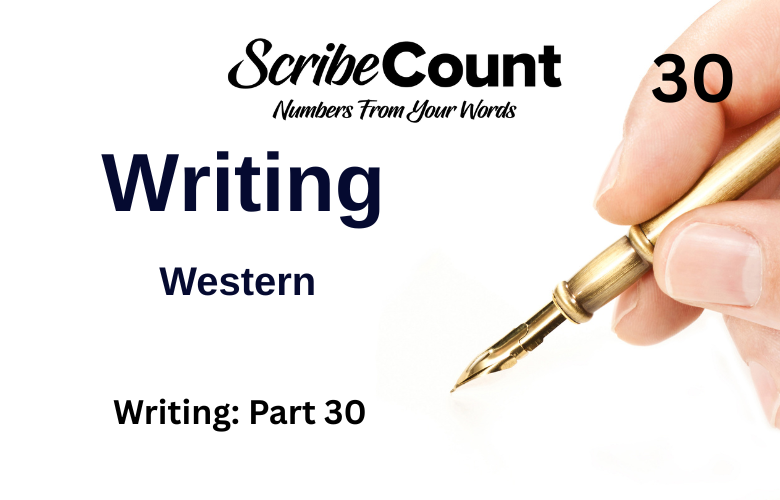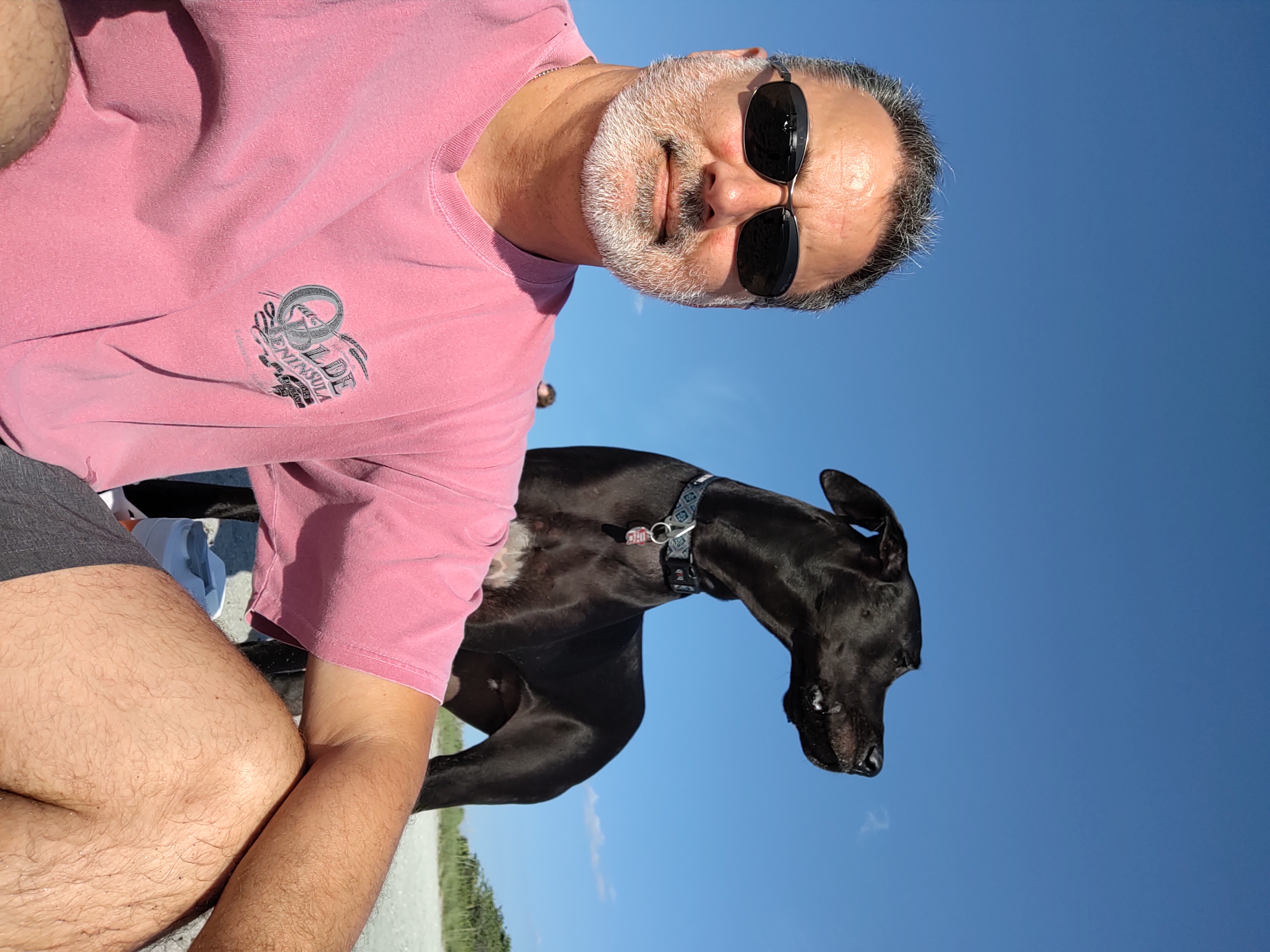Western for Indie Authors: How to Write a Captivating Tale of the Old West
Western novels evoke images of wide-open plains, dusty trails, saloons, and gunfights at high noon. They transport readers to a time and place where law and order were often in short supply, and individual courage and toughness were paramount. Westerns are a genre that can be both action-packed and deeply reflective, offering a unique blend of adventure, morality, and the human spirit's struggle in an untamed environment.
For indie authors, writing a western novel provides an exciting opportunity to explore themes of justice, vengeance, survival, and personal redemption in a world defined by its harshness and beauty. This guide will walk you through the key elements of writing a western novel, from creating memorable characters and authentic settings to weaving compelling narratives that capture the essence of the frontier.
What Makes a Western Novel?
A western novel is defined by its setting in the American West during the 19th or early 20th centuries. The frontier, with its wide-open spaces and the threat of both natural dangers and human conflict, is often a central character in these stories. Western novels typically take place in rural or undeveloped landscapes, and the events of the story are driven by characters who must navigate a world without the safety and order of modern society.
At the heart of a western novel is the rugged individualism of the characters. Many western stories feature protagonists who are loners, outsiders, or people who have been shaped by the harshness of the frontier. Whether they are cowboys, sheriffs, outlaws, or pioneers, these characters are defined by their grit, independence, and moral codes. Westerns often explore themes of honor, justice, revenge, and survival, with characters frequently having to make difficult choices in an environment where the law is often far away or absent.
A defining feature of western novels is their sense of place. The landscape plays a critical role in shaping the narrative, with the vast wilderness, the dust of the trails, the isolation of small towns, and the threats posed by both nature and other people contributing to the tension and drama. The setting is more than just a backdrop—it shapes the characters’ lives, challenges, and decisions. In many westerns, the land itself becomes symbolic, representing both opportunity and danger.
Conflict is another central element of the western genre. While many westerns focus on the external conflicts of lawlessness, land disputes, or criminal activity, they also delve into internal conflicts, such as questions of morality, justice, and identity. Characters are often forced to reconcile their personal beliefs with the violence and uncertainty of the world they inhabit. This creates tension, as the protagonist must navigate not only the external dangers of the frontier but also their internal struggles with right and wrong.
The Popularity of Western Fiction
Western fiction has a long history, deeply rooted in the stories of the American frontier. The genre reached its peak in the late 19th and early 20th centuries, with iconic writers like Zane Grey, Louis L’Amour, and Max Brand creating works that defined the western novel. These stories captured the imagination of readers with their tales of outlaws, lawmen, and rugged heroes facing impossible odds.
While the genre’s popularity has ebbed and flowed over the years, western fiction continues to have a dedicated fanbase. The advent of modern westerns, such as No Country for Old Men by Cormac McCarthy (available on Amazon) and The Sisters Brothers by Patrick deWitt (available on Apple Books), has reintroduced the genre to new generations of readers. These modern westerns often add layers of complexity, blending elements of noir, historical fiction, and literary fiction with traditional western themes.
For indie authors, the western genre remains a fertile ground for creative exploration. Whether you’re writing historical fiction set during the gold rush, a modern-day cowboy story, or a gritty action-packed shootout, western novels offer room for both classic storytelling and innovative approaches. The genre’s broad appeal also means it can be easily adapted into other subgenres, including romance, adventure, and even fantasy.
Reader Expectations for Western Fiction
When readers pick up a western novel, they expect to be transported to a world where life is tough, justice is hard-won, and heroes are often flawed but determined. There are several key expectations that readers have when it comes to western fiction.
First and foremost, readers expect a strong, memorable protagonist. Western heroes are often rugged individuals who live by their own code. Whether they are a sheriff seeking justice, an outlaw trying to escape their past, or a cowboy struggling to survive, these characters must have depth, complexity, and a clear moral compass. Readers want to connect with the protagonist, even if they don’t always agree with their actions.
In addition, readers expect authenticity in the setting. Western novels are deeply tied to the land, and readers expect to feel immersed in the sights, sounds, and challenges of the frontier. Whether it’s the dusty streets of a small town, the open plains, or the rugged mountains, the setting should be vividly described, creating a sense of place that feels real and grounded. The natural world, with all its dangers and beauty, is an integral part of the western experience.
Action and conflict are also key components of western fiction. Whether it’s a shootout at high noon, a dangerous cattle drive, or a tense confrontation between rival factions, readers expect excitement and tension throughout the novel. However, while westerns are known for their action, readers also expect emotional depth and moments of introspection. The best western novels combine thrilling action with deep personal stakes, exploring the emotional and psychological effects of life in a harsh, unforgiving world.
Lastly, readers expect a satisfying resolution. While the ending doesn’t always need to be happy, western readers want closure. Whether it’s a confrontation with an antagonist, a moral reckoning for the protagonist, or the completion of a journey, the ending should feel earned and true to the narrative.
Common Tropes in Western Novels
Western novels are known for certain tropes that readers have come to expect. These familiar elements are part of what makes westerns so enjoyable, but great writers know how to play with these tropes to create fresh and compelling stories. Some of the most common tropes in western fiction include:
- The Lone Cowboy or Sheriff: A solitary figure, often an outsider, who follows their own moral code and seeks justice. This character is central to many classic westerns and often faces external threats or inner turmoil. Think of Shane by Jack Schaefer (available on Amazon) or True Grit by Charles Portis (available on Apple Books).
- The Outlaw: A character who lives outside the law, often pursued by lawmen or trying to escape their past. The outlaw is a staple in westerns, representing freedom, rebellion, and the harsh realities of the frontier.
- The Showdown: One of the most iconic scenes in westerns is the final confrontation, often in the form of a gunfight at high noon. This moment of tension between the protagonist and antagonist is a hallmark of the genre.
- The Land Dispute or Cattle Drive: Many westerns revolve around disputes over land, water, or cattle. These conflicts often involve the protagonist fighting to protect their property or way of life against rival ranchers, farmers, or lawmen.
- The Femme Fatale or Damsel in Distress: Western novels often feature a strong female character who may be in need of protection or who plays a key role in the protagonist’s journey. The relationship between the hero and heroine often adds depth to the story, whether it’s a romance or a partnership forged through adversity.
- The Hero’s Code: A central theme in many westerns is the idea of a personal code of honor or justice, often at odds with the formal law. The hero’s willingness to take matters into their own hands and dispense justice on their own terms is a key aspect of western storytelling.
Structuring Your Western Novel: The Plot Map
Here’s a simple plot map you can follow when planning your western novel, ensuring the action, character arcs, and conflicts build in a way that captures the spirit of the frontier:
- Normal World: Introduce your protagonist in their everyday life, which is often in a small town, on a ranch, or traveling across the open plains.
- Inciting Incident: Something happens that propels the protagonist into the central conflict—whether it’s a crime, a personal challenge, or an external threat that forces them to act.
- Rising Action: The protagonist faces challenges, builds alliances, and confronts obstacles as they navigate the dangers of the frontier. This is where you introduce secondary characters, like antagonists or love interests, and develop the main conflict.
- Climax: The protagonist faces the central challenge—whether it’s a gunfight, a moral decision, or a major confrontation with the antagonist. This is the pivotal moment where the stakes are at their highest.
- Resolution: The story concludes with the resolution of the central conflict. The protagonist either achieves their goal, finds redemption, or faces consequences. The resolution should provide a satisfying end, whether it’s bittersweet or triumphant.
Final Thoughts for Indie Western Writers
Writing a western novel offers a chance to create a story that is rich in history, adventure, and complex characters. The western genre allows you to explore timeless themes of honor, justice, and survival in a world where the rules are often self-made and hard-won. Whether you’re crafting a classic gunslinger tale, a romantic cowboy story, or a gritty account of life on the frontier, the key to a successful western is balancing action, character development, and a deep connection to the land and setting.
As an indie author, the western genre provides you with the freedom to create memorable characters, dramatic conflicts, and thrilling plotlines. By embracing the traditions of the genre while adding your own unique twist, you can write a western novel that captivates readers and stands the test of time.

